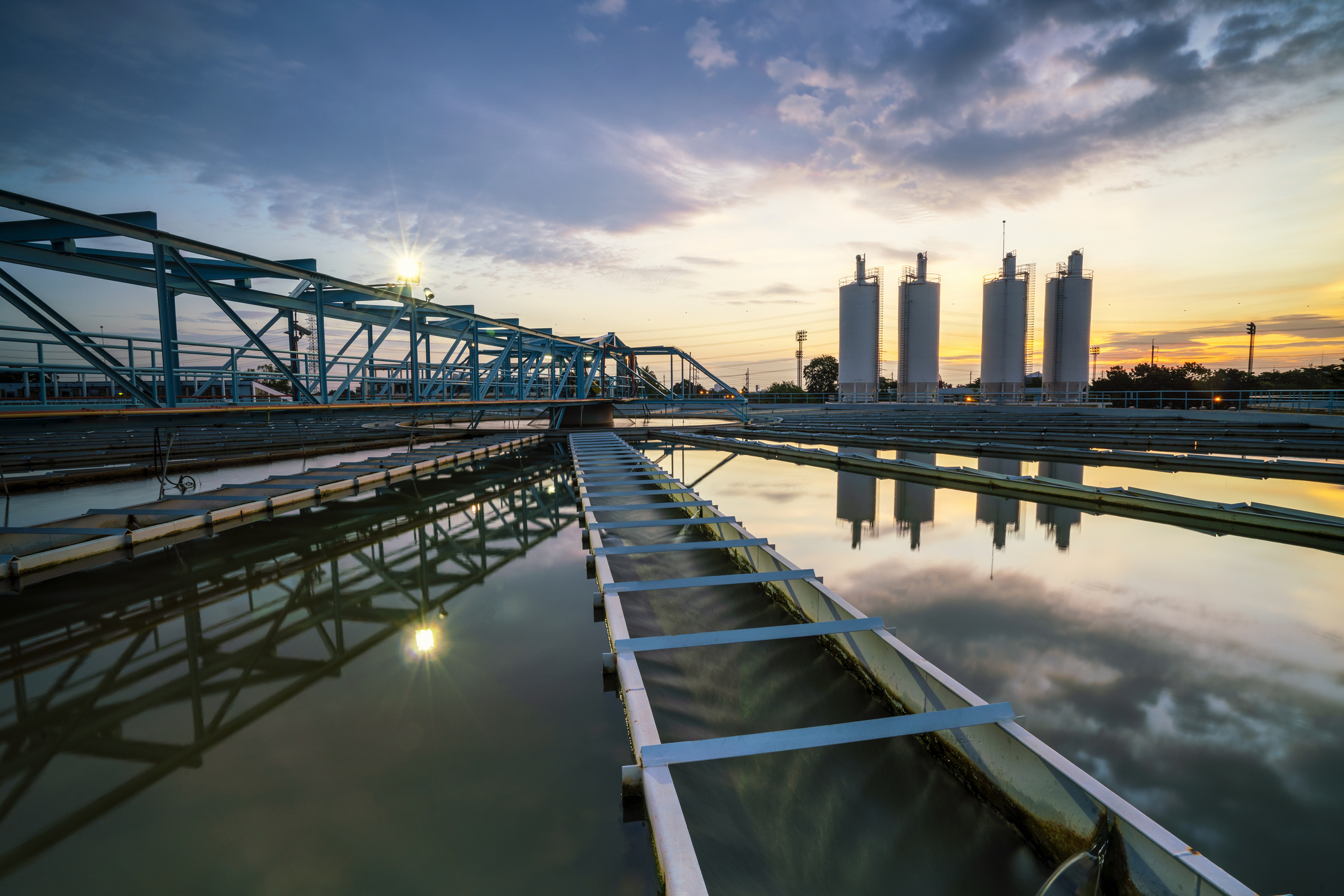Water is an essential resource for life, but access to clean, safe drinking water is not universal. This need has spurred the development and refinement of water treatment systems designed to purify and make water potable. Understanding the secrets behind effective water purification systems is crucial to appreciating the technology and processes that ensure water safety and quality. In this article, we uncover the intricacies of these systems, from their core components and operational mechanisms to their broader benefits and technological advancements.
1. The Components of Water Filtration Systems
Effective water purification systems are composed of several key components, each playing a vital role in the purification process. Here are some of the primary components:
Intake Structures
Intake structures are the first point of interaction between the water source and the treatment system. These structures are designed to channel water from its source—rivers, lakes, reservoirs, or ground wells—into the treatment facility. Properly engineered intake structures ensure a consistent flow of water while minimizing the entry of debris and sediments.
Chemical Feed Systems
To aid in water purification, chemical feed systems introduce various treatment chemicals. These can include coagulants to aggregate particles, disinfectants like chlorine or ozone to kill pathogens, and pH adjusters to stabilize water balance. The precise dosing of these chemicals is critical to the effective functioning of the treatment process.
Filtration Units
Filtration units are essential in removing suspended solids and impurities from the water. Different filtration techniques, including sand filtration, activated carbon adsorption, and membrane filtration, are employed based on the specific requirements of the water source and the desired quality of the output water. Advanced filtration methods can target specific contaminants, ensuring comprehensive purification.
Sedimentation Tanks
Sedimentation tanks provide a space where heavier particles can settle out of the water under the influence of gravity. This step, often preceded by coagulation and flocculation, significantly reduces the turbidity and particulate load, paving the way for subsequent filtration and disinfection processes.
2. The Processes Involved in Water Conditioning
Various processes are implemented in water conditioning systems to deliver safe and clean water. These processes typically follow a sequential order, each addressing different aspects of contamination.
Coagulation and Flocculation
Coagulation involves adding chemicals to the water to destabilize colloidal particles, allowing them to clump together into larger aggregates or flocs. Flocculation follows, with gentle mixing ensuring the flocs form effectively. These processes enhance the removal of suspended solids through subsequent sedimentation and filtration.
Sedimentation
Following coagulation and flocculation, water enters sedimentation tanks. Here, the heavier floc particles settle to the bottom, allowing for their removal. This results in a substantial reduction in suspension and prepares the water for finer filtration stages.
Filtration
Filtration is a critical stage that removes smaller particles that cannot be settled out. Depending on the type of filtration used—such as rapid sand filters, multimedia filters, or membrane filters—this stage can target a range of contaminants, from organic matter to microorganisms.
Disinfection
Disinfection is vital to kill or deactivate pathogenic microorganisms in the water. Common disinfection methods include chlorine, chloramine, ozone, or ultraviolet (UV) light. The chosen method must ensure thorough microbial control without introducing harmful byproducts.
3. The Benefits of Effective Water Filtration
Investing in robust water purification systems yields numerous benefits, highlighting their importance in public health and environmental sustainability.
Health Protection
Effective water conditioning is paramount in protecting public health by removing contaminants that can cause diseases. By eliminating pathogens, chemicals, and toxins, these systems mitigate the incidence of waterborne illnesses, safeguarding communities.
Environmental Sustainability
Water sanitization systems also contribute to environmental sustainability by minimizing pollution. Properly treated wastewater can be safely returned to natural water bodies, reducing the ecological footprint and preserving aquatic ecosystems.
Economic Advantages
The long-term economic benefits of effective water filtration are substantial. By ensuring a reliable supply of clean water, these systems support various industries and community services, boosting economic stability and growth.
4. Technological Advancements in Water Filtration
The field of water purification process has seen significant technological advancements, leading to more efficient and effective systems. Innovations in this sector continue to push the boundaries of what is possible in water purification.
Membrane Technologies
Membrane filtration technologies, such as reverse osmosis (RO) and nanofiltration (NF), have revolutionized water cleansing. These technologies offer high levels of purification and can precisely remove dissolved solids, microorganisms, and other contaminants.
Advanced Oxidation Processes (AOPs)
AOPs involve the generation of highly reactive species, such as hydroxyl radicals, capable of degrading organic pollutants and microorganisms. This innovative approach offers advanced treatment solutions through methods such as photocatalysis, zonation, and UV radiation.
zonationSmart Water Management Systems
The integration of smart technologies and IoT (Internet of Things) in water filtration allows for real-time monitoring and control. Automated systems can optimize chemical dosing, detect anomalies, and predict maintenance needs, enhancing system reliability and efficiency.
The secrets of effective water treatment systems lie in their intricate designs, systematic processes, and technological innovations. These systems play a crucial role in public health, environmental protection, and economic stability by ensuring a consistent supply of safe, clean water. As challenges to water quality continue to evolve, so too will the technology and methods employed to meet these demands, paving the way for a healthier future worldwide.
Discover the essential role of water softeners in your water treatment strategy. Ensure cleaner, softer water today with guidance from our expert at Craig’s Plumbing. Call us now for any further inquiries.



